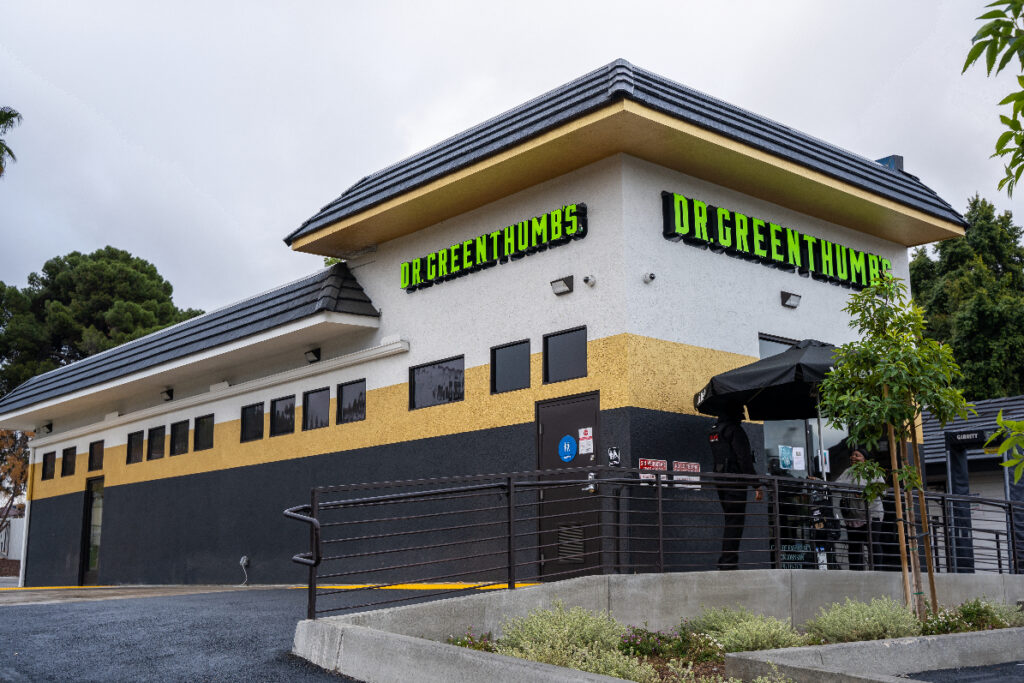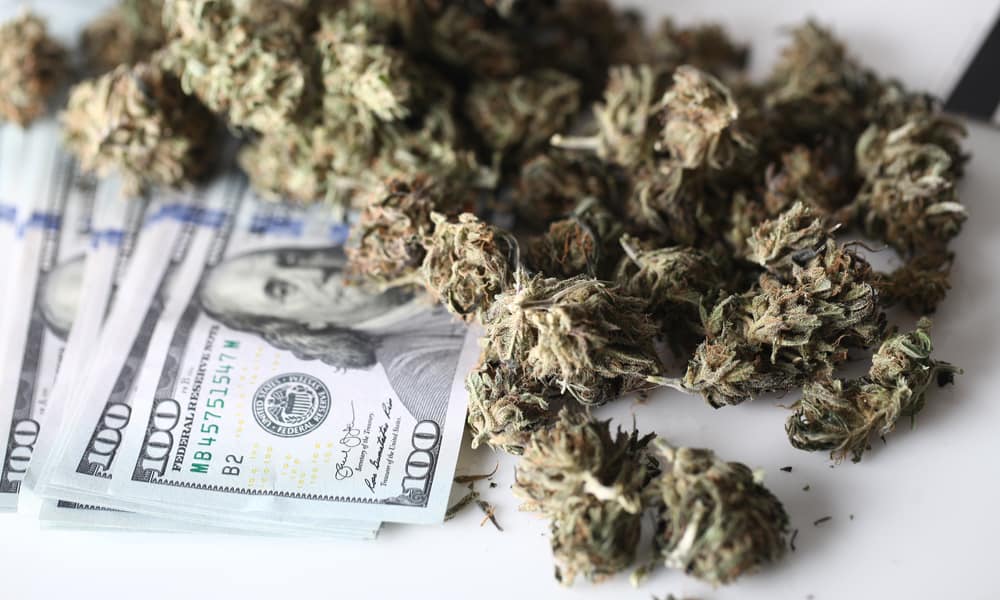The Impact of Regulations: Is the Future Bleak for Vaping and Cannabis Businesses?

The cannabis industry has made significant strides in recent years, moving from being an underground market to a burgeoning, legitimate industry. However, the cloud of regulation that hangs over it has many questioning its future potential. Will the layers of regulations stifle its growth, or can it flourish like other once-prohibited industries?

A Glimpse into the Cannabis Business Evolution
Cannabis, once vilified and outlawed, has come a long way since the early days of legalization. The initial boom that followed its acceptance in various states and countries ushered in a new era of business opportunities, innovations, and products. From therapeutic oils to recreational edibles, the market exploded with potential. This rapid growth didn’t go unnoticed, and soon, the economic contributions of the cannabis industry began drawing attention from both proponents and critics.
Dissecting the Layers of Regulation
Its tenuous relationship with regulations is at the heart of the industry’s challenges, particularly in the United States. While many states have embraced legal cannabis, it remains a Schedule I substance at the federal level under the Controlled Substances Act. This dichotomy has birthed complications, especially in banking. Cannabis businesses often operate cash-only, rendering them vulnerable to theft and other financial discrepancies.
States haven’t made the situation much easier. While their acceptance of cannabis is commendable, the myriad of differing licensing requirements, quality controls, taxation methods, and more create an intricate maze for businesses to navigate.

Silver Linings of Regulatory Clouds
However, it’s not all doom and gloom. Some regulations have had undeniably positive impacts. Standardized testing, for instance, ensures that consumers receive a consistent, safe product. Moreover, the taxes derived from cannabis sales have often been channeled back into communities, funding schools, infrastructure, and other public services.
Additionally, while high barriers to entry can discourage some, they also prevent market oversaturation and ensure that only serious, committed businesses thrive.
The Flip Side: When Regulations Choke
Conversely, the weight of these regulations can be suffocating. The cost of remaining compliant can drain businesses financially, and without access to traditional banking services, many face significant operational challenges. There’s also the lurking shadow of the black market, which, when faced with over-regulation, can become an enticing alternative for growers, sellers, and buyers alike.
When comparing the cannabis journey to that of alcohol post-Prohibition or tobacco, one can’t help but draw parallels. Both these industries faced strict regulations but adapted and thrived. Can cannabis do the same?

Financial Challenges and Solutions in the Cannabis Landscape
In the economic sphere, the cannabis industry presents a dual narrative. On the one hand, there’s undeniable financial potential, with projections often reaching billions in revenue. On the other, the intricacies of managing finances within a highly-regulated industry remain a complex challenge.
The Monetary Hurdles
Given its federal classification as a Schedule I substance in the U.S., traditional banking avenues remain largely closed to cannabis businesses. This not only makes daily transactions cumbersome but also places companies at an elevated risk. Without the ability to open standard bank accounts, many businesses operate primarily in cash. This exposes them to theft, hinders trackable financial operations, and often results in exorbitant costs related to cash handling and storage.
Furthermore, without access to traditional lending solutions, cannabis businesses often struggle to secure capital for growth and expansion. This pushes them towards alternative, sometimes exorbitant, lending routes, thereby increasing their operational costs and reducing profitability.
The Dawn of Cannabis Banking Solutions
Recognizing this massive gap, several financial institutions and fintech companies have begun to offer tailored cannabis banking solutions. These specialized banking services provide businesses with safer methods to manage their finances, offering cash pick-up services, secure vaulting, and electronic payment systems tailored to the unique needs of the industry. They act as a bridge between the traditional banking world and the cannabis industry, ensuring that transactions remain transparent and compliant with state regulations.
Moreover, there’s growing advocacy for federal banking reforms specific to cannabis. The SAFE Banking Act, for instance, is a legislative proposal aiming to protect financial institutions that offer services to cannabis-related businesses in states where it’s legal. If passed, it would pave the way for more banks to confidently serve the cannabis industry, reducing the reliance on cash and enhancing overall financial security.
Incorporating Financial Solutions for a Prosperous Future
Incorporating these cannabis-specific banking solutions is more than just a convenience; it’s a vital step towards legitimizing and stabilizing the industry. As the sector continues to grow, having robust financial systems in place will not only benefit individual businesses but also instill confidence among investors, stakeholders, and consumers, thereby driving the industry’s holistic growth.
This additional financial focus underscores the evolving nature of the cannabis industry. By addressing these banking and financial challenges head-on, we’re moving closer to a future where the cannabis business landscape is as viable and sustainable as any other industry.

Forecasting the Cannabis Future
The answer may lie in potential reforms. Federal legalization in the U.S. could open the floodgates of opportunity, especially concerning banking. Even without full legalization, banking reforms could significantly bolster the industry’s growth potential.
States, too, are continuously adapting. As they observe the outcomes of their regulations, many are adjusting to better suit the industry’s needs and the public’s safety. Additionally, as the global perspective shifts, international markets might provide further avenues for growth.
Concluding Thoughts
The interplay between regulation and business viability in the cannabis sector is delicate. While oversight is necessary to ensure public safety and product quality, there’s a fine line between protection and stifling. The future success of the cannabis industry hinges on businesses’ ability to adapt and regulators’ willingness to listen.
A brighter future for the cannabis industry might not be guaranteed, but by fostering dialogue, regular reviews of regulations, and promoting research, we can aim for a balance that benefits both businesses and consumers.






